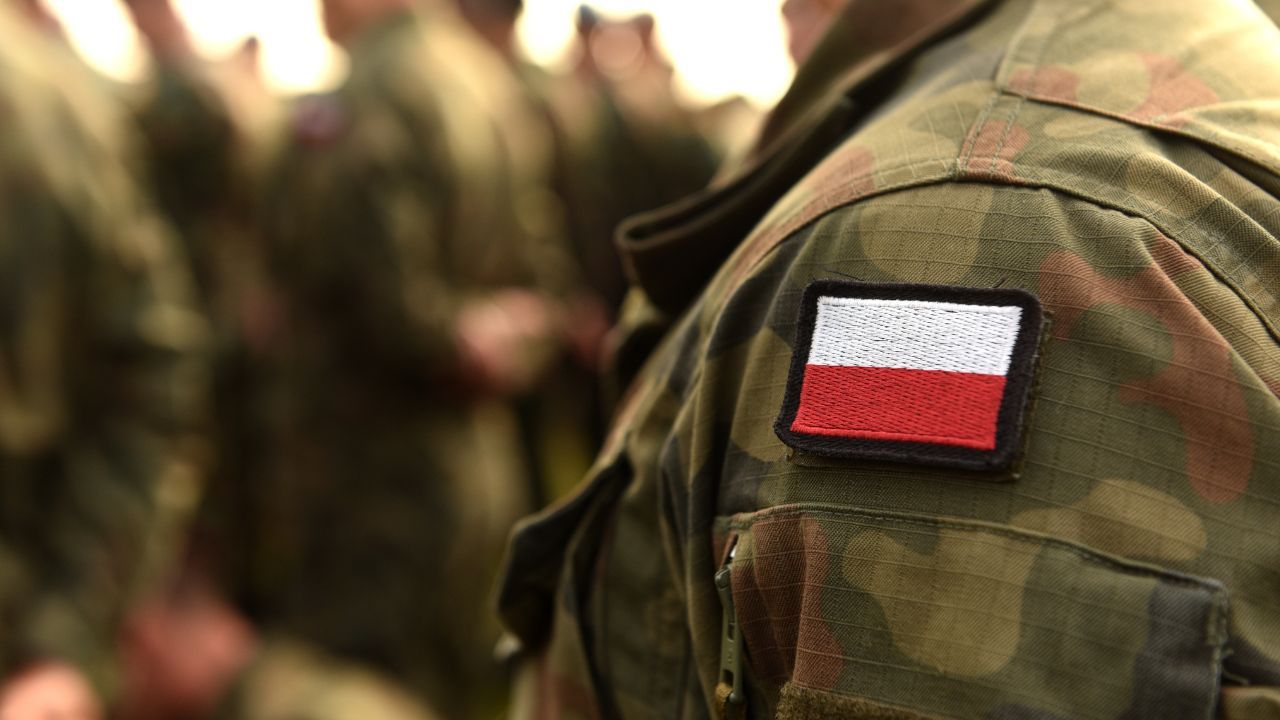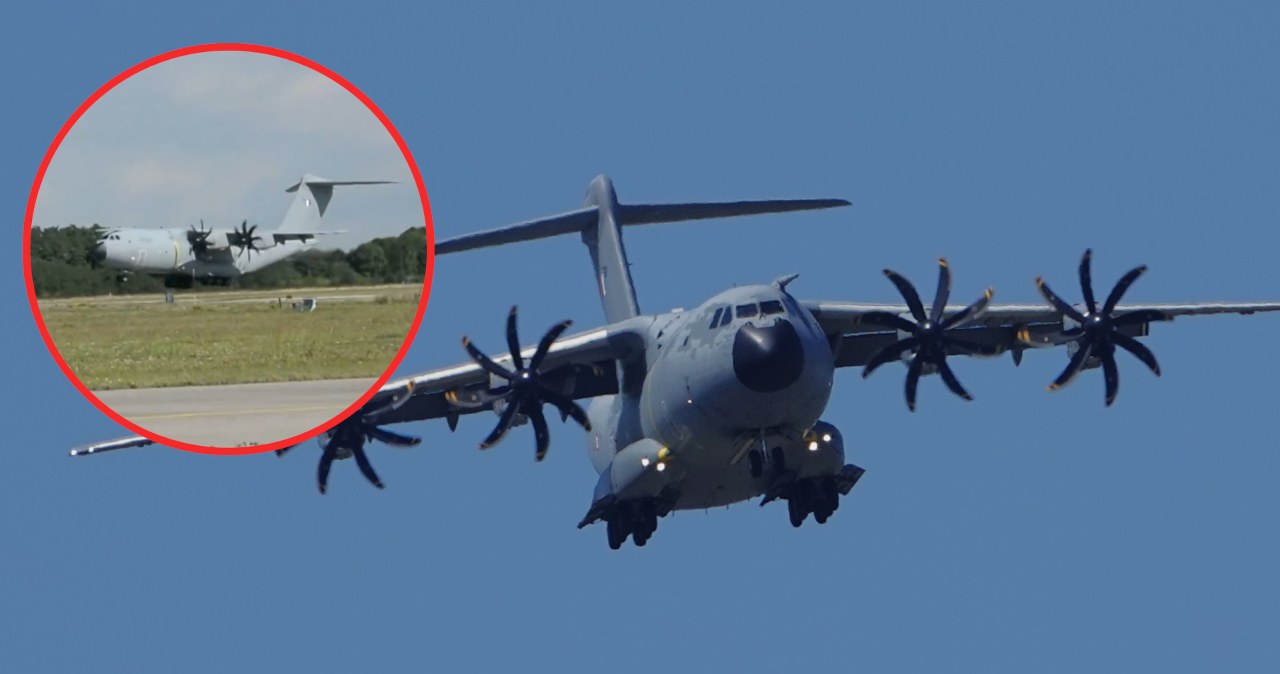“London burns!” – German media were enthusiastically writing. In the summertime of 1944, shortly after the launch of the Allied landing in Normandy, Hitler launched the sound announced “Wunderwaffe”. He deluded that the rockets falling on Britain would reverse the war. However, there was no greater chance.
On the morning of June 13, 1944, an different plane appeared over London. At large speed, he slipped over the buildings and then fell to the ground in Bethnal Green. The fall was accompanied by the bang of a powerful explosion. The close houses were destroyed. Six people were killed, respective injured. British soldiers rapidly tracked down the wreckage of the aircraft and found that... the first impression of the inhabitants was wrong. There were no pilot remains inside. There wasn't even a compartment he could sit in.
Four more akin machines fell on the city this morning, and British Prime Minister Winston Churchill wrote in his memoirs: “A long-awaited attack of pilotless missiles on England has yet begun [...]. Over a year we discussed its kind and size among ourselves and made all possible preparations in due course."
But that wasn't precisely true.
Norwegian lead
The British knew something was going on. The first signals about German work on the “wonderful weapon” came to them in late 1939. Then it's cadmium. Hector Boys, a British naval attaché at the Oslo embassy, received an anonymous letter. His author maintained that he had access to secret method plans that might interest London. If the British truly want to get them, they should announce the BBC evening diary in German. Boyes gave the information to his superiors, and they decided to play. "Hier ist London" went into the ether 1 evening, and shortly British intelligence staff had a sealed envelope in their hands. "The study included information on radar equipment prepared by the Germans, distance measurement devices and experiments with large rockets" – says Bohdan Arct, commander of the Polish 316th Fighter Squadron, and author of the book on combating V1 and V2 rockets. Interestingly, the papers referred to the German test centre in Peenemünde on the Baltic, but as Arct writes, British experts referred to the alleged Oslo study with distrust.
The confirmation came in early 1943. The information obtained by the British from a "independent source" indicated that scientists and military in the Reich are experimenting with rockets with a "ten-ton warhead and 70-mile range". In this context, Peenemünde was re-listed. A associate of the Afrika Korps Staff, General Ritter von Thom, besides mentioned missiles capable of threatening London during the interrogation. The military had to personally watch them respective months earlier. The RAF had a series of photographs of the German centre. Yet even this did not dispel the doubts of British decision-makers.
V1 rocket hooked up to a He-111 bomber.
Duncan Sandys, the head of the peculiar subcommittee that the War Office called upon to analyse reports of German weapons, and privately the son-in-law of Winston Churchill, during 1 of the meetings heard that long-range missiles were a dream. "Scientific Advisor Churchill, prof. Lindemann [...] claimed that any specified rocket would should be powered by a cordite, burned in a thin steel chamber. This would mean that the weight of the rocket would scope from 60 to 100 tons. So it was a physical impossibility," Sandy said. Lindemann did not know that German missiles were equipped with a brand fresh pulsating engine, powered by a fuel-air mixture.
The opposition of skeptics was only overcome in the summertime of 1943. The British yet decided to bomb Peenemünde. On the night of August 16th and August 17, nearly 600 aircraft were picked up from airports. any of them took a course in Berlin to confuse the enemy. By the time the Germans realized what the mark was, it was besides late. The experimental facility was partially destroyed. Work on the “wonderful weapon” has slowed down, but it has continued. The British were about to find this very painful.
“London burns!”
The British evidently thought about securing the city. The space above the La Manche canal was constantly patrolled by aircraft, anti-aircraft batteries were deployed on London's flanks, dam balloons hanging over buildings. The problem is, this strategy didn't work well. First of all, the British did not know much about the rocket construction itself, which in the German nomenclature was named V1. They didn't know their cruising speed, their ceiling, their trajectory. Meanwhile, the missiles moved low adequate to be hard to detect by radars and fast adequate for the pilots to have had to work hard to get them. All the more reason the planes were just missing. For a week, there was a large landing on the coasts of Normandy, and the RAF engaged powerful forces in it. So the first V1 strike, although limited, was like a blow to the British into the solar plexus. "In the beginning, there was chaos in the defense," Arct recalls. – Anti-aircraft artillery deployed in the city was feverish and did quite a few damage, due to the fact that its missiles, fired at a flat angle, frequently hit houses, and erstwhile they hit >>flying bombs, the harm was even worse. What is the substance with V-1 being shot down over London? They should blow up in the city anyway!’
Meanwhile, the attacks intensified all day. On 15 June, Germany only launched 244 bombs towards London. respective twelve missiles flew over Southampton. The mark of the beatings was another British city. The RAF rapidly tracked down part of the launcher, but the demolition caused many difficulties. Not just due to the bomber deficit. any of the positions were deliberately placed in the immediate vicinity of the French villages.
After the first attack, the British government imposed a ban on the media to compose about Hitler's "wonderful weapon". He didn't want to increase panic. But still, news of rocket strikes spread through cities by lightning. "The first informing was howling the jet engine. People stopped on the streets, looking up and trying to find the direction from which the bomb would come, and praying in spirit that the detonation would happen elsewhere. But erstwhile the engine roared abruptly, they all fled in search of shelter or lay flat on the ground, waiting for moments that seemed eternity," explains British historian Brian Johnson. Those who had the chance to see the rocket and last later remembered the incredible way V1 moved. "They moved forward, regardless of the guns and the aircraft fire, or the barrage balloons. Their blind pursuit of the goal itself was horrifying," writes Johnson, quoting on the occasion of 1 of the witnesses, "They were inhuman as a plague... as if the city had been attacked by immense vermin."
And the German press triumphed: “London is on fire!”, “The capital of the British empire is in ruins!”, “Now nothing will rip us off”—they were surpassing the enthusiastic newspaper. However, propaganda rumblings had small to do with reality.
Rocket V1 at the museum Musée de l'Armée, Paris.
A bomb like a dragon
The British rapidly recovered from the first shock. In June, the command of the army ordered the defence zones. Anti-aircraft batteries, for example, were withdrawn outside London, while aviation was strengthened. The pilots were getting better at the German "Wunderwaffe". Bohdan Arct, who then sat behind the rudders of a Mustang fighter, pictured the dropping of 1 of the rockets: “I approached my object at a tiny angle, slow prepared to shoot and at the same time looked to the ground to choose an area without any settlements or buildings [...]. The bomb snorted like a legendary dragon, slowed and splattered with sparks, started turning somewhat to the left. The first series was accurate and the second series was fatal. With large satisfaction I concluded that the witch went diving. Her infamous life ended prematurely.”
Soon, however, the Allies faced a fresh threat. In September 1944, the first V2 rockets fell on London. It was a completely different weapon than V1 missiles. And it wasn't just about more speed. A fresh rocket made a crucial part of the way in the stratosphere, falling at the last minute. It was a miracle to shoot a bullet like that. The demolition of the launchers themselves, located in France and the Netherlands, remained a much more reliable method. Fortunately, after landing in Normandy The Allied troops were moving fast forward. The days of the 3rd Reich were numbered.
The last V1 bomb fell on Britain on March 29, 1945. As Johnson calculates, the Germans fired 10.5 1000 specified missiles together, with 3.5 1000 “Blacksmiths” killing 6148 and injuring 17,981 people. The harm caused by them was £10 million. besides in March 1945, V2 attacks ceased. These missiles in turn killed 2724 and injured almost 6.5 1000 people.
According to historians, German strikes were not able to reverse the destiny of the war. They just started besides late. According to American General Dwight Eisenhower – most likely by a fewer months. If Hitler were able to strike with a “wonderful weapon” in Allied troops willing to land, the beginning of the second front in Europe could be delayed and even blocked in utmost cases. But that did not happen.
While writing, I used: Brian Johnson, “The Secrets of planet War II. War of the Brains", Poznań 1997; Bohdan Arct, “Poles in the Fight against Arms >> > V”; Michał Wojewódzki, “Action V-1, V-2”, Warsaw 1984.

![Znowu drony?! Wystartowały myśliwce, wyły syreny [AKTUALIZACJA]](https://wpolsce24.tv/storage/files/2025/9/13/f72d7857-3965-45bf-b4fd-f5488074fdc9/my%C5%9Bliwce.webp)

![Russia is losing, besides in negotiations [Antti HAKKANEN]](https://wcn-media.s3.us-west-004.backblazeb2.com/2025/09/2imr1AU6-cqmqHUZg-forum-0726920729-1-768x512-1-1-1.jpg)







